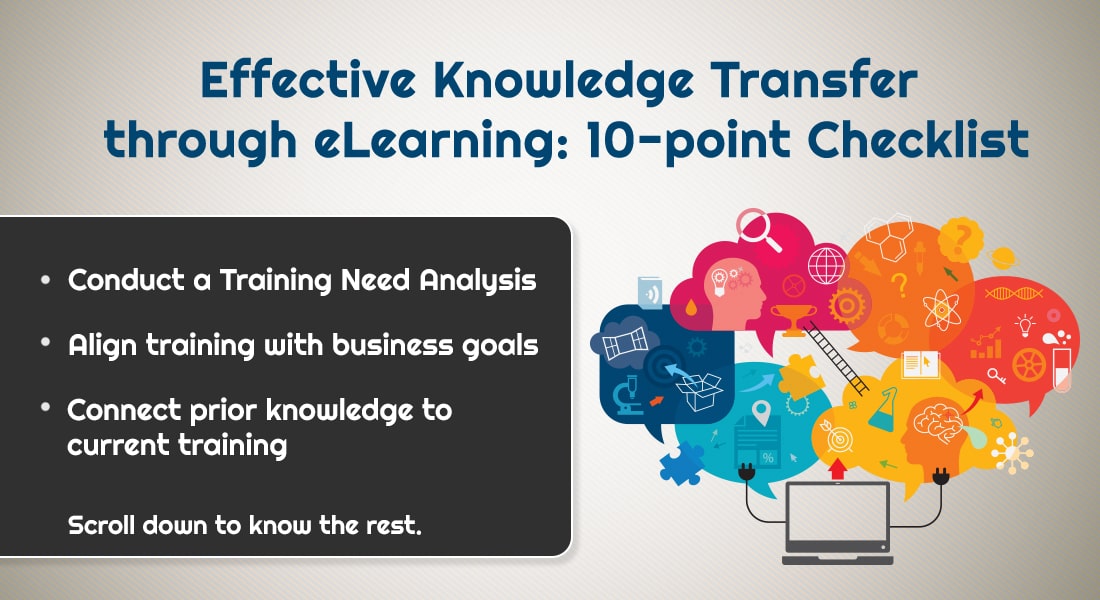Anatomy of an E-Learning Course
Do you know what goes into creating a perfect e-learning course? To know about it, check this blog post!

Do you know what goes into creating a perfect e-learning course? There are no cheat sheets, no secret formulas. The only one straightforward way to go about creating that perfect course is by knowing the anatomy of an e-learning course, its components and distinct features.
1. Easy Interface
User interface and navigations are the limbs of your e-learning course; a smooth navigation is one that seamlessly lets your learner navigate through the course without thinking twice. You can easily create an interface that is beautiful and functional at the same time. A badly designed interface can hinder learners’ movements. Placement is the key to a prefect interface; by carefully placing menu and navigation buttons, such as next and back, you can attain the right interface. You can also add additional help or support your learners when they are finding it difficult to proceed with a course. Here is a break up of an interface.
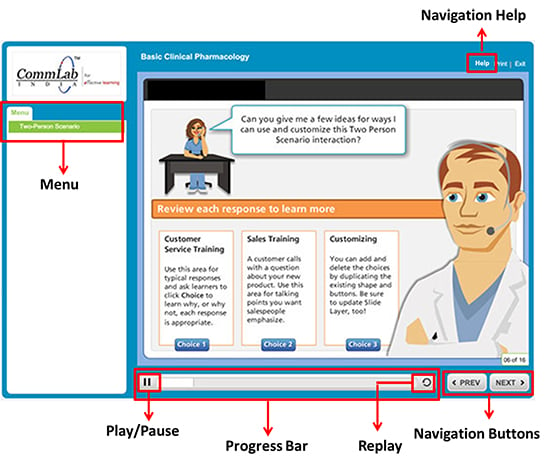
2. Clear Course Description
Start the course with a bang by including a clear course description at the beginning of the course. Course descriptions are so vital that they are like the eyes of your course and are shown on the launch page of your e-learning course. The main aim of your course description must be to provide your learners with an overview of the course; always remember to keep it precise and let it be one that focuses on the outcome of the course rather on the course content.
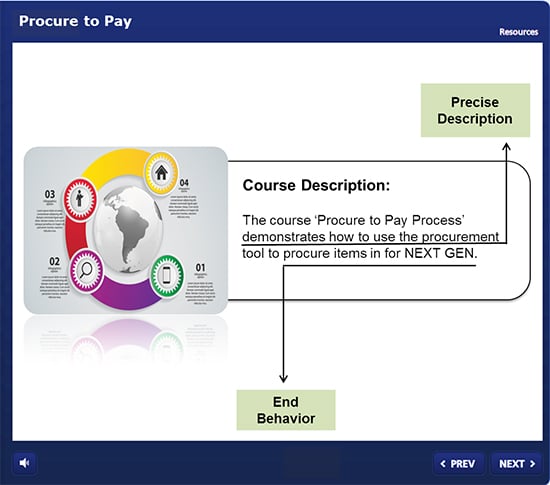
3. Spot on Learning Objectives
Learning objectives are meant to be exact and spot on and is the mind of your course! A vague learning objective is bound to reduce the essence of your e-learning course. If your objectives are not able to communicate the purpose of the course then even the content cannot. There are many principles that help you frame performance-based objectives, such as the blooms taxonomy. Keep in mind that when framing your learning objectives, focus on the needs of the learner rather than the comfort levels of the instructor; they are statements constructed as a single sentence and ideally are effective when they begin with a verb.
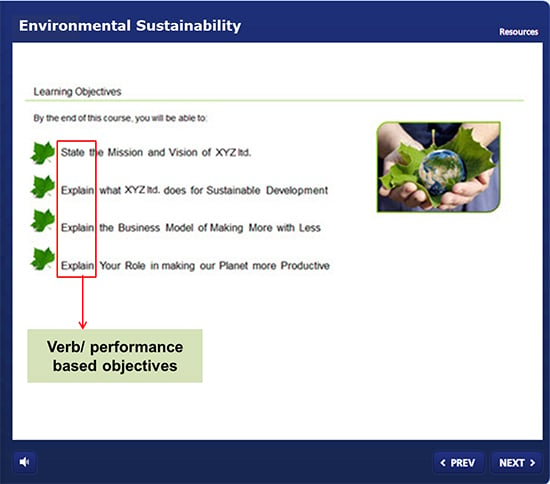
4. Comprehensive Content
Content is the heart of your course; this is where you’re learning objectives come to life. Content is all about being comprehensive and non-repetitive. Redundancy is the clog in your course veins. Keep in mind to include only relevant and need-to-know information that is concise, logical and clearly distributed by topics, subtopics, graphics and colors.
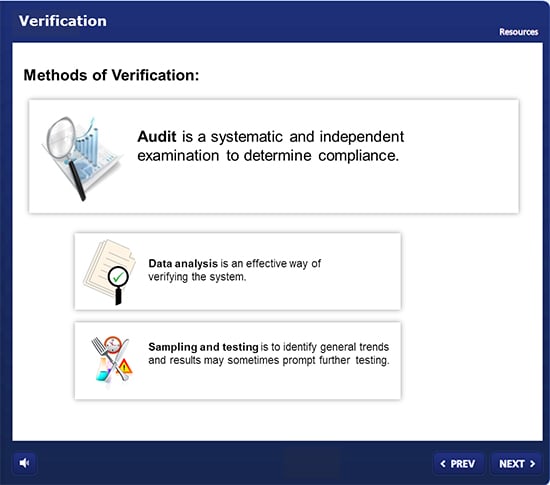
5. Visual Visage
How your course looks solely depends on your visuals. Your course needs to look professional as well as visually unique at the same time. Visuals are what attract your learners the most; however, it is also important to ensure design consistency throughout your e-learning course. For this, you can always make use of design templates that make your job easier. You can also be creative and adopt other visual approaches such as toons and animated illustrations.
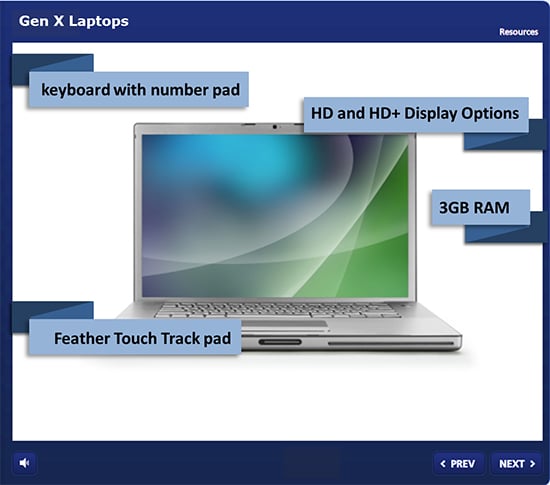
6. Quiz to Assess
Assessments play an integral role in gauging the understanding levels of the learner; in e-learning, assessments are tools that measure the knowledge levels, skills and attitude of the learner. Be it the formative or summative pattern, feedback is an important aspect for the final quiz. Your assessment should help the learner get more knowledge and match the learning objectives mentioned at the beginning of your course. It’s not just about pass or fail, but about how much you have learned and how you can implement what you have learned.
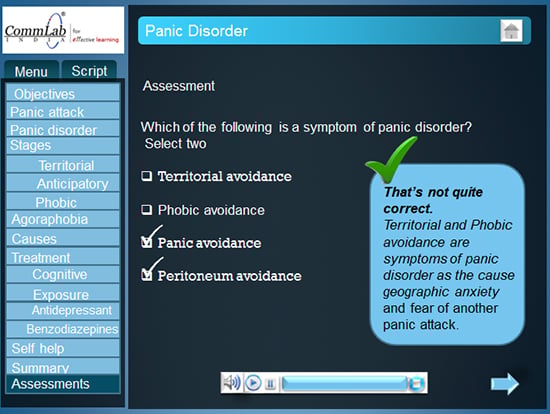
You will agree with me that there are some challenges that we have to face when developing a perfect e-learning course; however, by understanding its anatomy you can successfully develop an effective online learning solutions. What is the anatomy of your e-learning course? We’d love to hear from you.



![eLearning Development: Smart Tips to Reduce Costs When Outsourcing [Infographic]](https://blog.commlabindia.com/hubfs/elearning-development-outsourcing-cost-saving-tips.jpg)

